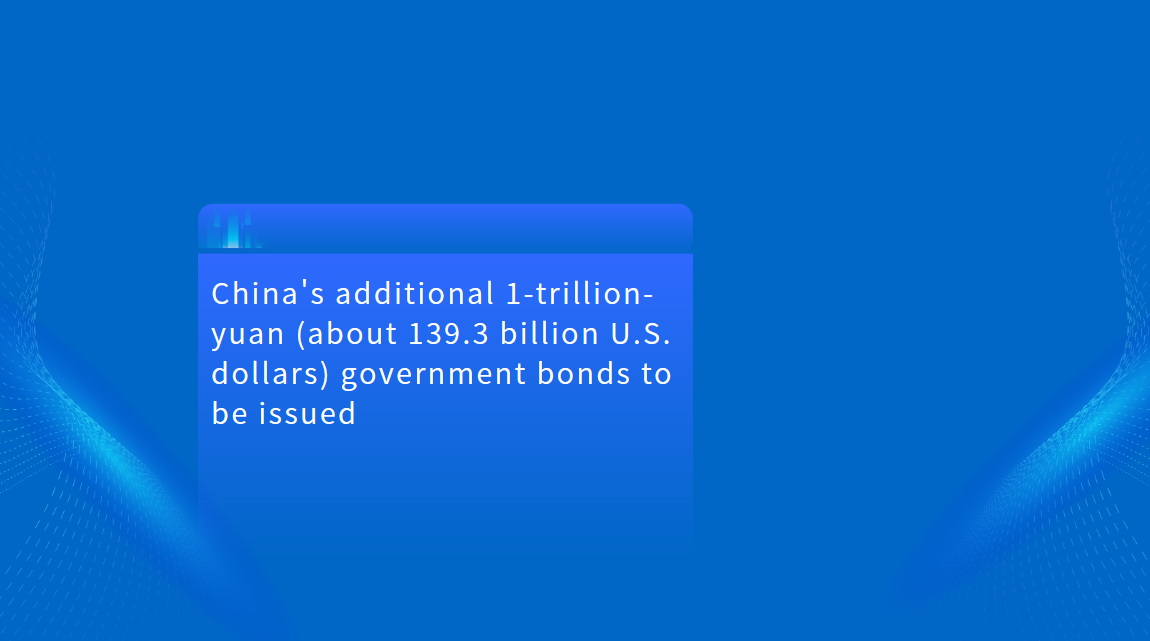How Government Investment Funds are Reshaping China's Innovation Ecosystem
China's government investment funds are undergoing a strategic overhaul, guided by newly issued policies designed to enhance their role as catalysts for innovation and drivers of sustainable growth.
The State Council's recent guidelines signal a pivotal shift, aiming to address structural challenges while bolstering the funds' efficiency and impact.
////
A Framework for Strategic Impact
ONE

According to Wen Bin, Chief Economist at China Minsheng Bank, the funds'vd ability to sustain innovative enterprises through early development stages highlights their countercyclical significance. Prolonged holding periods, now exceeding ten years, further underline their commitment to long-term industrial transformation.
////
Unlocking Private Capital and Managing Risks
TWO

One of the standout reforms involves creating more robust and diverse exit channels to attract private capital. The absence of such options has historically hindered participation by long-term investors. To address this, the guidelines propose measures like transparent exit timelines and standardized fund withdrawal policies, essential steps toward recycling capital efficiently and driving sustained reinvestment.
Additionally, a tolerance for calculated risks is reshaping fund management. By establishing liability exemption mechanisms and moving beyond single-year performance metrics, policymakers aim to empower fund managers to pursue high-potential, albeit riskier, projects. This flexibility is essential for fostering groundbreaking innovations in sectors like advanced manufacturing, biotechnology, and green energy.
////
Balancing Government and Market Dynamics
THREE
A critical aspect of the reform is the recalibration of the government's role. By delineating boundaries between public and private sector functions, the guidelines seek to minimize distortions such as overlapping investments and homogeneous fund strategies. Notably, local governments are now required to obtain higher-level approval before establishing new funds, a measure aimed at curbing disorderly expansion and inefficient resource allocation.
Hu Bo, Associate Professor at Renmin University of China, believes these measures will optimize fund management while mitigating risks of overreach. "The reforms establish clear governance structures, enhancing the appeal of these funds to global investors and professional fund managers," Hu noted.
////
Bridging Horizons
FOUR
For international investors and businesses, these reforms open new avenues for collaboration and co-investment. The enhanced operational transparency and professionalization of fund management create a more predictable environment, aligning with global best practices. Additionally, the focus on fostering innovation-driven industries presents opportunities for cross-border partnerships in cutting-edge sectors, from AI to renewable energy.
China's emphasis on "patient capital" resonates with the needs of a rapidly evolving global economy, where long-term investments in technology and sustainability are increasingly prioritized. By addressing systemic inefficiencies and encouraging greater private-sector participation, these reforms position government investment funds as a vital component of China's economic strategy while creating synergies with global financial ecosystems.
In essence, these changes reflect a maturing approach to leveraging state-backed capital, blending strategic oversight with market efficiency to navigate the complexities of modern innovation economies. For businesses and investors worldwide, the evolving framework offers both challenges and significant opportunities in the years ahead.





















































First, please LoginComment After ~